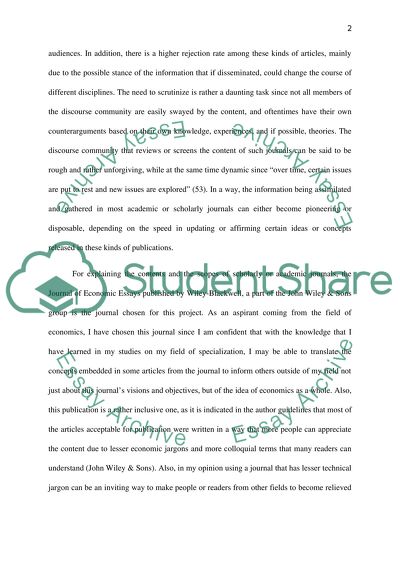Cite this document
(“Journal Review.Describing Trends & Reading Closely Essay”, n.d.)
Retrieved de https://studentshare.org/english/1479102-journal-reviewyudescribing-trends-reading-closely
Retrieved de https://studentshare.org/english/1479102-journal-reviewyudescribing-trends-reading-closely
(Journal Review.Describing Trends & Reading Closely Essay)
https://studentshare.org/english/1479102-journal-reviewyudescribing-trends-reading-closely.
https://studentshare.org/english/1479102-journal-reviewyudescribing-trends-reading-closely.
“Journal Review.Describing Trends & Reading Closely Essay”, n.d. https://studentshare.org/english/1479102-journal-reviewyudescribing-trends-reading-closely.


